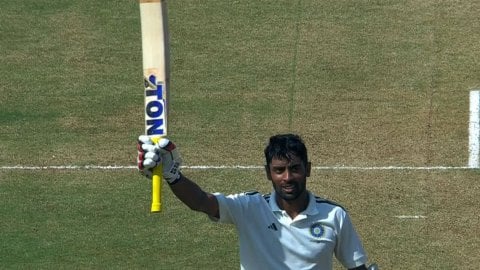
Syed Mushtaq Ali Trophy: Come October 11, and another season of Ranji Trophy will kickstart in India with a twist. India's prestigious first-class competition will be played in two phases this time: teams will play five matches before taking a break for the Syed Mushtaq Ali Trophy and Vijay Hazare Trophy.
Teams will converge again for the second phase of the Ranji Trophy starting on January 25 next year. But for now, the first phase holds huge importance for many players on the radar for India ‘A’ red-ball tour of Australia, and the all-important five-match Border-Gavaskar Trophy.
Bengal opener Abhimanyu Easwaran is coming into the Ranji Trophy on the back of three centuries hit in the Duleep Trophy and Irani Cup. With over 7,506 runs in 98 First-Class games at an average of 47.65, Easwaran is on the cusp of playing his 100th red-ball game via the second round of the competition.

